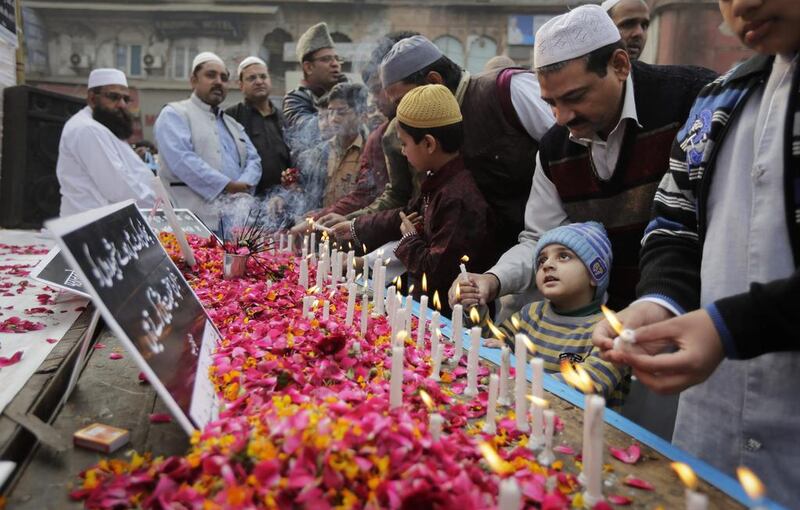‘Make sure you distribute the laddoos to all your classmates,” urged my mother, as she handed me a vessel full of delicious sweets. It was my birthday in 1932 and it was customary to distribute sweets in school.
So I went around my class distributing sweets to my friends Sandeep, Ishwinder, Iqbal, Pritam, Sohan, Mohammad and many more. They were all my buddies.
At the age of 12, when I was studying in a local school in Tandalianwala in undivided Punjab in British India, I was not aware that they were Hindus, Sikhs or Muslims. They were, quite simply, my pals.
Throughout school and university our emotional bonds hurdled over religious barriers.
In college in Lahore in 1944, I remember reciting a Punjabi couplet at an elocution competition, Hindu, Muslim, Sikh, Issai, charo hai bhai-bhai. Charo ko ek phulon ke mala me parao, Bhagwan, na jape Hindu, Muslim, Sikh Issai (Hindus, Muslims, Sikhs, Christians are all brothers. God weave them in a beautiful garland of flowers, so that they are indistinguishable).
The partition of British India in 1947 was a traumatic phase in our lives.
Nevertheless after we returned to India as refugees, I detected no bitterness or anger against the Muslims who had chosen to stay in India.
Over 30 million Muslims had chosen to make India their home, after partition. Our children went to school and learnt Urdu from Muslim teachers.
We had opened commission agencies dealing in textiles in Muzaffarnagar in Uttar Pradesh. Many of the wholesalers and retailers who did business with us were Muslims.
In Muzzafarnagar, Ludhiana, Sirsa, Mumbai or Delhi, wherever I lived after partition, temples, mosques and churches coexisted.
In the evening the temple bells would clang and the conch shells would blow like trumpets to produce hollow-sounding musical notes.
No one complained about the decibel level. The mosques would issue the Azaan five times a day from loudspeakers. No one complained. Every Sunday the loudspeakers from the gurdwaras would announce the traditional greeting. No one complained either.
This is coexistence. Everyone practises his faith.
This tolerance and harmony still prevails in the villages, small towns and cities of India.
In December last year, when Chennai was flooded, Hindus took shelter in mosques while Muslims were fed meals in temples. This is the India we should build.
Great countries are built by assimilating different religions, races and cultures and driving together for development. The United States is a nation of migrants. So is Britain. London has become a global financial capital because people from assorted countries and religions live and work together.
In India itself, Mumbai has benefited from the contributions of business groups and families of varying hues.
The Parsees led by the Tata and Godrej Groups, Muslims led by Azim Premji and Khorakiwalas, Hindus by the Birlas, Ambanis and Goenkas have all contributed to flourishing steel, automobiles, pharmaceuticals, IT industries. Mumbai’s pre-eminence as a commercial hub of India owes to numerous migrating communities.
Together there is little that Indians cannot do. Divided, they will flounder. Indians have the responsibility to perpetuate the legacy of Mahatma Gandhi.
As India gears up to mark the 67th Republic Day on January 26, it would be fitting to affirm the adherence to secularism and the freedom for everyone to live and practise their faith in the country.
Hari Chand Aneja is a nonagenarian former corporate executive who now keeps busy with charity work





